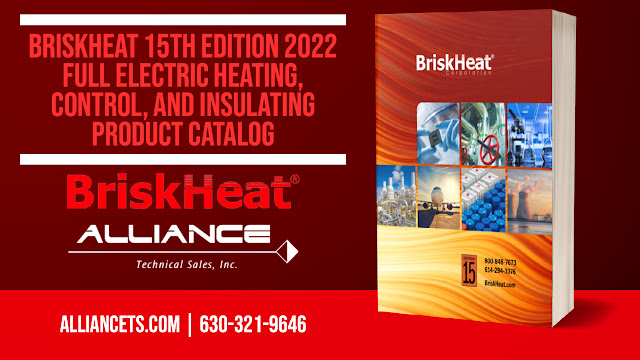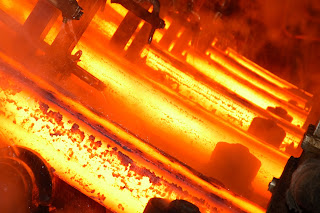Industrial heating applications are numerous and varied. Heating requirements can range from freeze protection to precise maintenance of process temperature in piping, equipment, or vessels. Two commonly employed heating sources are electric resistance heaters and plant steam. While each has certain advantages, steam may not always be available or practical. Electric heat offers a number of positive attributes.
- Ease of design and installation
- Precise control
- Uniform heating across surfaces
- Low maintenance requirement
- Portability
- Economical to purchase and install
- Wide array of shapes, sizes, and configurations
- Standard and custom products for every application
Cloth heating jackets are one of many electric heater variants. Formed to fit specific valves, fittings, or other items, these reusable heaters are comprised of an exterior of rugged fabric, a layer of thermal insulation, a heating blanket, and an electrical connection point or fitting. Hook and loop fasteners facilitate the unwrapping or opening of the jacket to allow for installation and removal. The surface remains cool to the touch for most applications. Control can be provided by any type of temperature controller, with prewired options available for inclusion with the heating jacket.
 |
| Construction of cloth heating jacket (click for larger view). |
Liner and Facing Material (Inside and Outside cloth material)
- PTFE - Standard facing material. Exposure temperatures up to 500°F (260°C). Up to Class 10 environments.
- BriskClean - For cleanroom class 10. Exposure temperatures up to 600°F (315°C).
- Silicone Cloth Adds a degree of moisture and chemical resistance. Exposure temperatures up to 500°F (260°C).
- Samox® -High temperature cloth. Exposure temperatures up to 1100°F (593°C). Up to Class 100 environments.
- Aluminum- Facing material option. Exposure temperatures up to 450°F (232°C).
- Fiberglass cloth - Liner material option. Exposure temperatures up to 900°F (482°C). Up to Class 100 environments.
Closure Options
- Hook and loop fastener
- Hook and lace
- Grommets
Insulation (placed in between liner and facing)
- Fits your application based upon process temperatures. BriskHeat's industry leading engineers will design your system with the correct amount of insulation. Insulation will make your system energy efficient and touch-safe.
Voltage Options
- 120 - 600VAC
- Single phase
- 3 Phase (Wye)
- 3 Phase (Delta)
- 60 Hz.
- 50 Hz.
- DC
Power Plug / Connector Options
- Mate-N-Lock
- Twist lock
- CPC connector
- Bare wire
- Other electrical connections available
Built-in Controlling / High-limit Safety Thermostat Options
- 180°F (82°C)
- 248°F (120°C)
- 302°F (150°C)
- 347°F (175°C)
- 392°F (200°C)
- 500°F (260°C)
- Other temperatures available
Built-in Temperature Sensor Options
- Platinum RTD
- Type J thermocouple
- Type K thermocouple
- Thermistor
- Other temperature sensors available
Built-in Low-Limit Alarm Thermostat Options
- 180°F (82°C) with 30°F (17°C) differential
- 248°F (120°C) with 50°F (28°C) differential
- Other temperatures available




